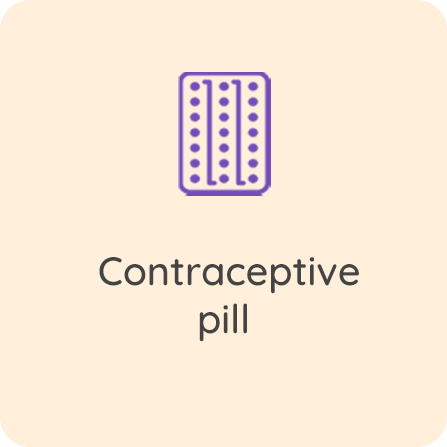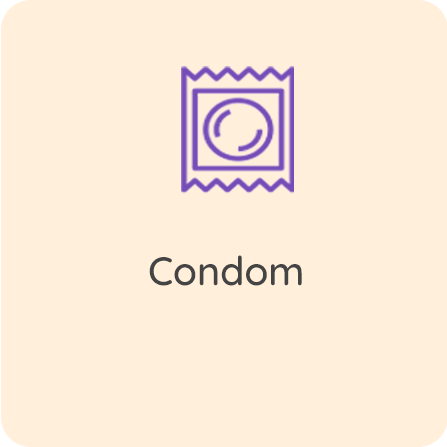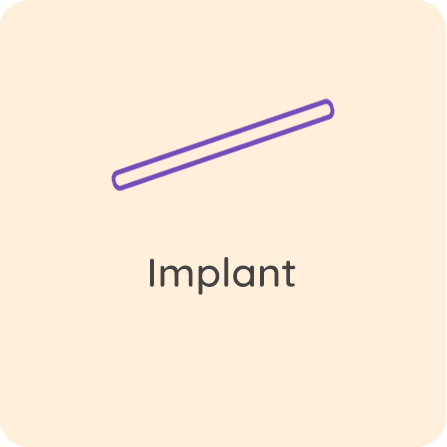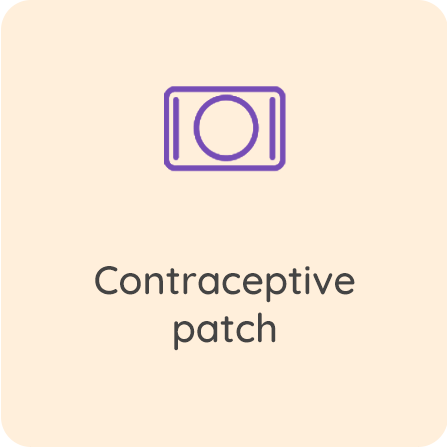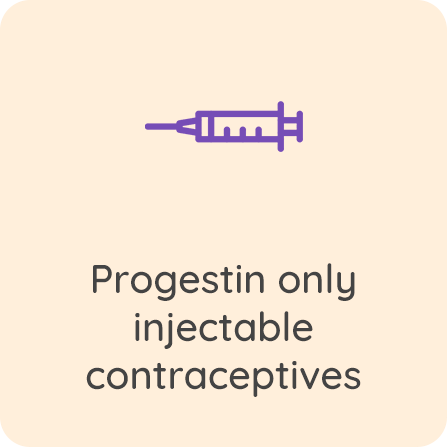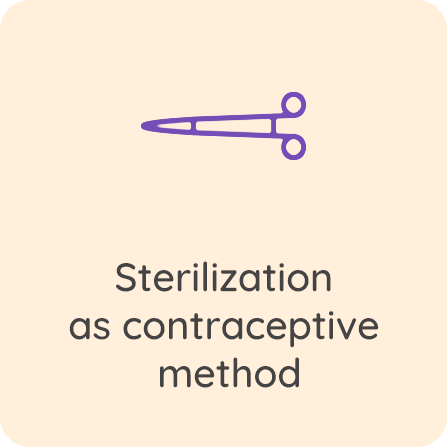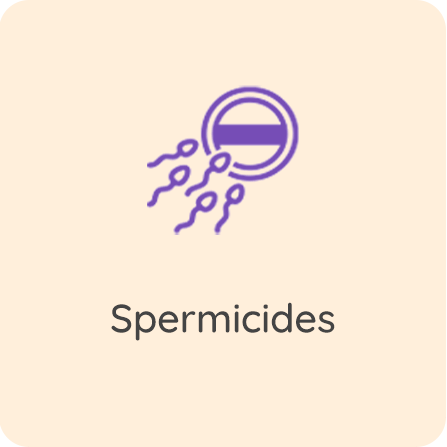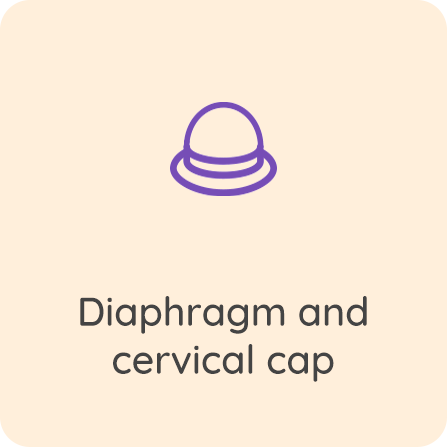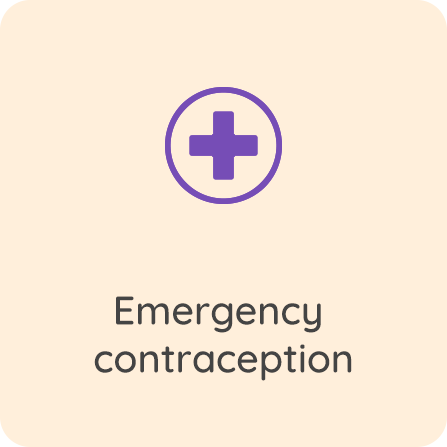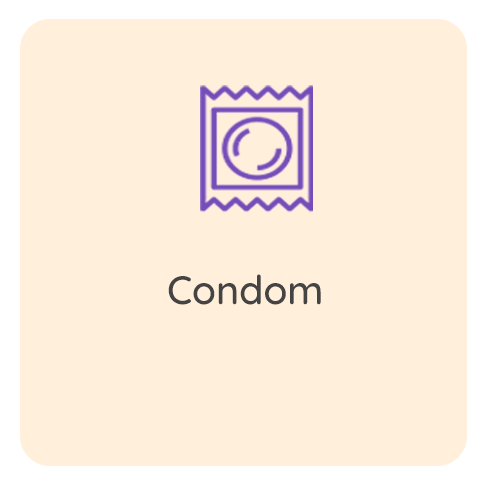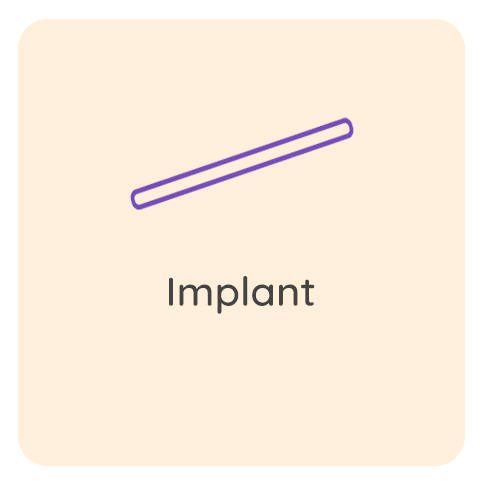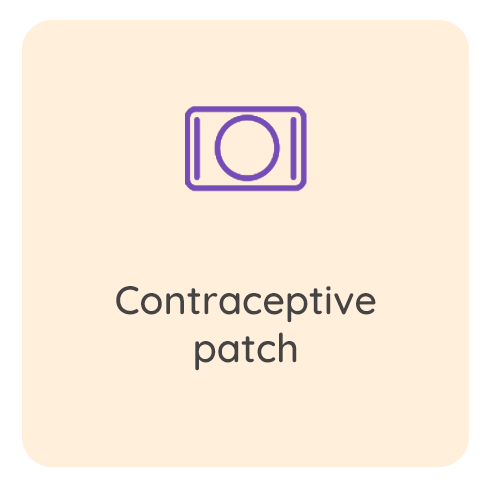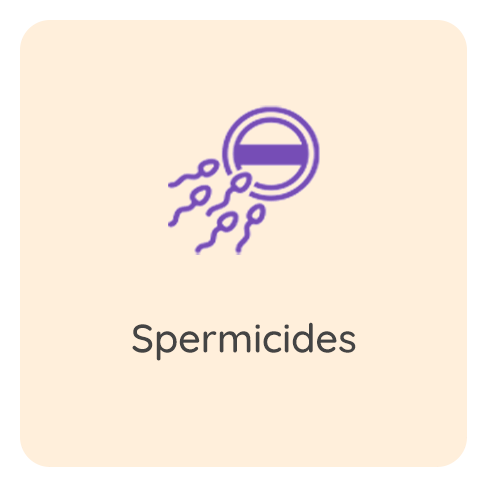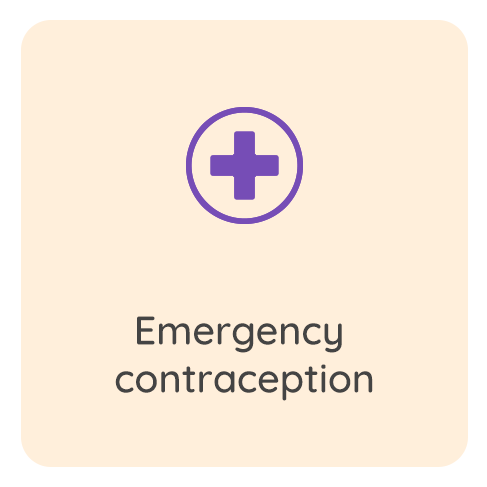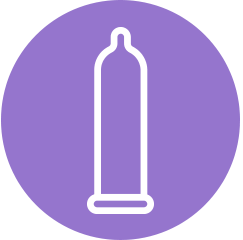


Contraception
Choosing the contraceptive method that is right for you is the best way to effectively prevent an unwanted pregnancy.
Where to go?
Many facilities such as family planning and public health centers are there to inform you about the methods of contraception.
Prescribing doctors (GPs and gynecologists), potentially also midwives, pharmacists and nurses are available to answer to your questions and help you to make informed choice about contraception.
The methods
There are different methods of contraception and each one is more or less suitable according to the way of women‘s lives. The woman with the help of health care professionals chooses the method which is the most appropriate to her.
All the contraceptive methods are not equivalent in term of effectiveness. Reference methods in term of contraceptive efficacy are the progestogens ones (contraceptive pill, implant, patch and vaginal ring) and Intra Uterine Device (IUD) / Intra Uterine System (IUS).


Contraceptive pill
It is the most widespread way of contraception. If it is taken properly and regularly, the contraceptive pill is more than 99% effective. Only one missed intake can cause the failure of the method.
All the contraceptive pills have one or two hormones, the progestin alone, or in association with oestrogens, which are close to the natural female hormone.
There are 2 types :
How does it work?
The pill works at different levels: it blocks the ovulation, thins the internal wall of the uterus (endometrium) and changes the consistency of the cervical mucus which is secreted by the uterine cervix. The cervical mucus gets thicker and prevents the movement of the sperm.



Female condom
The female condom is a thin plastic pouch that lines the vagina. It can be placed at any time up to 8 hours before the penetration and prevent the sperm from entering into the uterus because it acts as a barrier on the cervix.
.
Keep in mind
Female and Male condoms effectively prevent against the Sexually Transmitted Infections (STI).


Implant
The contraceptive implant is a thin flexible rod that is inserted implanted under the skin of the upper and inner side of the arm under local anesthesia by a doctor.
How does it work?
The contraceptive implant releases an hormone progestin for up to three years. The continuous release of progestogen prevents ovulation and thickens the mucus from the cervix (neck of the womb), making it difficult for sperm to pass through to the womb and reach an unfertilized egg.
Keep in mind
The implant does not prevent Sexually Transmitted Infections. Only condoms (male and female) prevent these infections.
Long-acting reversible contraception – the effective and appropriate use of long-acting reversible contraception. National Collaborating Centre for Women’s and Children’s Health. Commissioned by the National Institute for Health and Clinic Excellence, October 2005. Published by RCOG Press. ISBN 1-904752-18-7
Trussell J. Contraceptive failure in the United States. Contraception 83 (2011) 397–404.


Intrauterine device (IUD/IUS)
The intra uterine device is an effective method of contraception with a long duration of action from 3 to 5 years.
This device is set in the uterine cavity.
There are 2 types of intra uterine devices:
The copper IUD action is twofold:
The hormonal IUD acts on 3 levels:
Keep in mind
The Intra uterine Device (IUD/IUS) does not protect from Sexually Transmitted Infections (STIs). Only condoms (male and female) prevent these infections.


Vaginal ring
It is a flexible ring made of porous plastic which contains an association of oestrogen and progestin hormones.
How does it work?
It fits inside the vagina and the hormones are released for 3 weeks. At the end of the third week, the vaginal ring should be removed.
It releases an oestroprogestative hormone preventing the ovulation and changes the mucus in order to prevent the sperm movements through the cervix.
Keep in mind
The vaginal ring does not protect from Sexually Transmitted Infections. Only condoms (male and female) prevent these infections.


Contraceptive patch
The contraceptive patch or transdermal device appears as a “stamp”. It can be applied to the buttock, the abdomen or the outside of the arm.
Once applied, it has to be changed every week for 3 weeks.
How does it work?
It releases oestroprogestative hormone preventing ovulation and changing the mucus in order to block the sperm movement through the cervix.
Keep in mind
The contraceptive patch does not protect from Sexually Transmitted Infections. Only condoms (male and female) prevent these infections.


Progestin only injectable contraceptives
This contraceptive method consists in intramuscular synthetic progesten injection every 3 months.
How does it work?
Progestin prevents ovulation, changes the mucus in order to block the sperm movement through the cervix and changes the endometrium.
Keep in mind
Progestin only injectable contraceptives does not protect from Sexually Transmitted Infections. Only condoms (male and female) prevent these infections.


Sterilization as contraceptive method
The sterilization for contraceptive purpose must be considered as definitive and permanent.
How does it work?
For men, it is a vasectomy and for women, it is the tubal ligation or the bilateral tubal litigation.
Keep in mind
These interventions are practiced in health care facilities only either private or public.


Spermicides
How does it work?
The spermicides are substances that neutralize or destroy spermatozoids.
They are under the form of foam, cream, jelly or ovum that are inserted into the vagina. They should be used in association with condoms (male of female), diaphragm or cervical cap.
Keep in mind
The spermicides do not protect from sexually transmitted infections.
Only condoms (male and female) prevent these infections.


Natural methods
How does it work?
These methods consist of identifying the ovulation period in order to avoid the fertile intercourse during this time frame.
Keep in mind
Natural methods are unreliable and unclear because the ovulation period can occur before or after it was initially expected according to the way of life, the woman or the couple…


Diaphragm and cervical cap
How does it work?
The diaphragm and cervical cap are shaped-devices that fit inside the vagina and cover of the cervix in order to prevent the movement of the sperm.
These devices must be inserted before the intercourse and must be removed after several hours. It is often recommended to combine the utilization of spermicide.
Keep in mind
The diaphragm or cervical cap do not protect from Sexually Transmitted Infections. Only condoms (male and female) prevent these infections.


Emergency contraception
It is used in the case of an unprotected or inadequately protected sexual intercourse (absence or failure of contraceptive method…)
How does it work?
The oral emergency contraception is also called “the morning after pill” must be taken as soon as possible after an unprotected sexual intercourse.
Keep in mind
The oral emergency contraception is a method that should only be used occasionally. It must not replace a regular method of contraception.
The copper IUD can be placed as an emergency contraception until 5 days after the unprotected sexual intercourse.
*National Health Service


